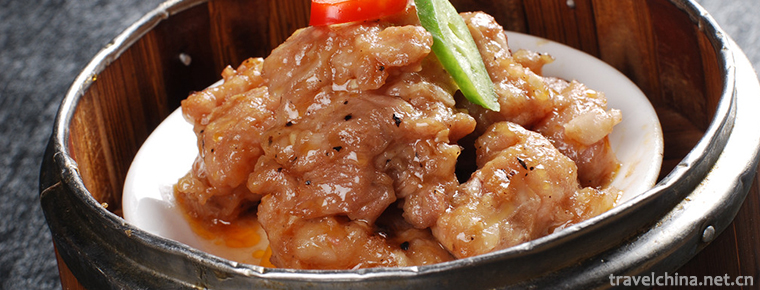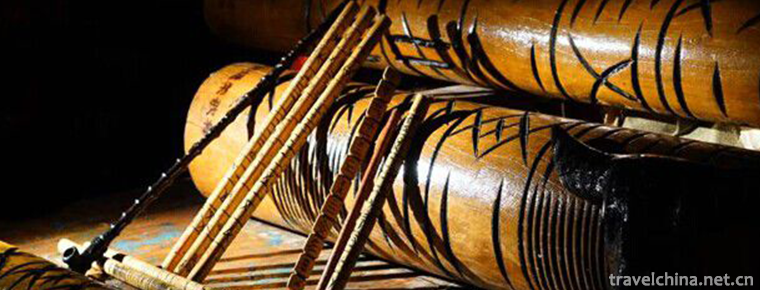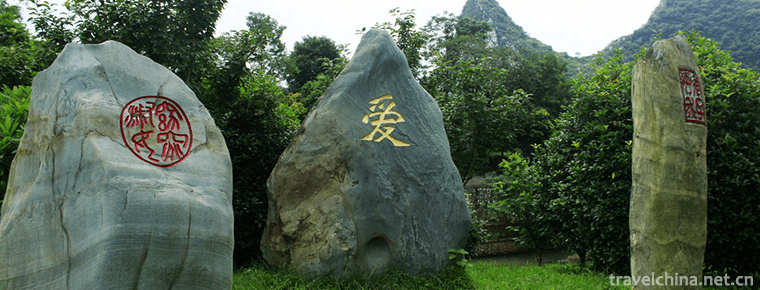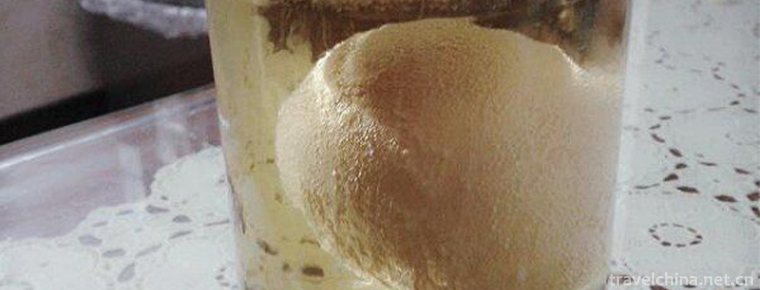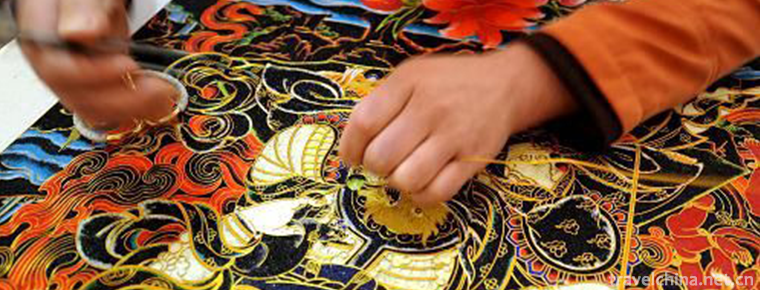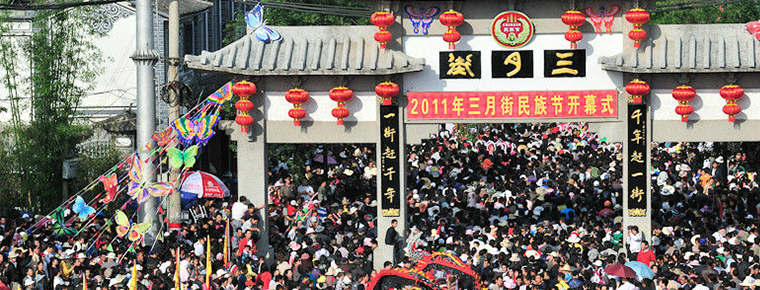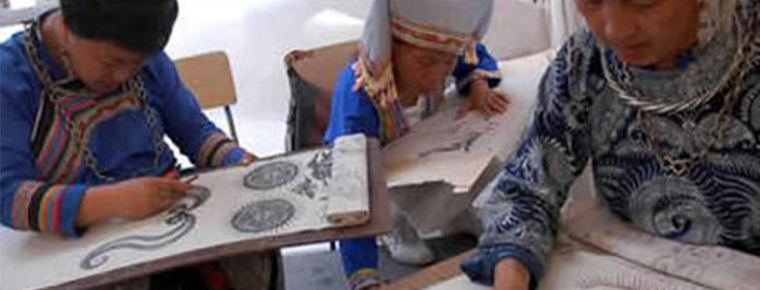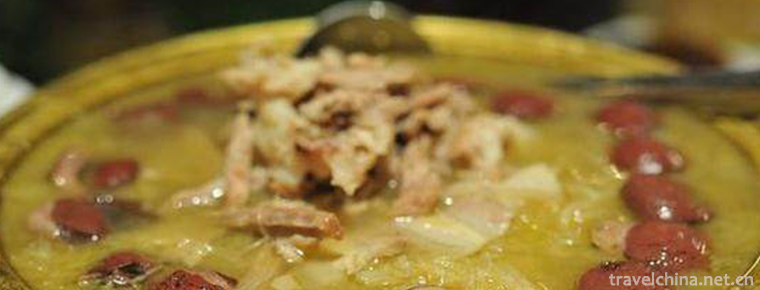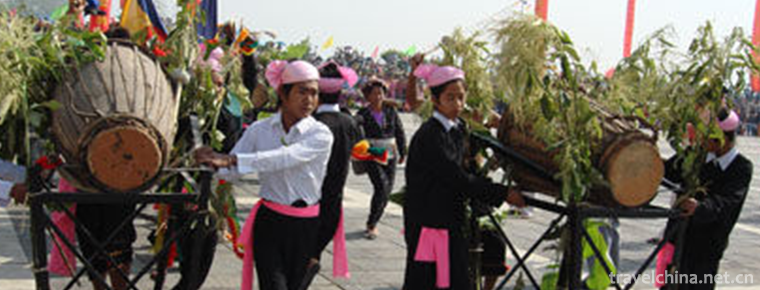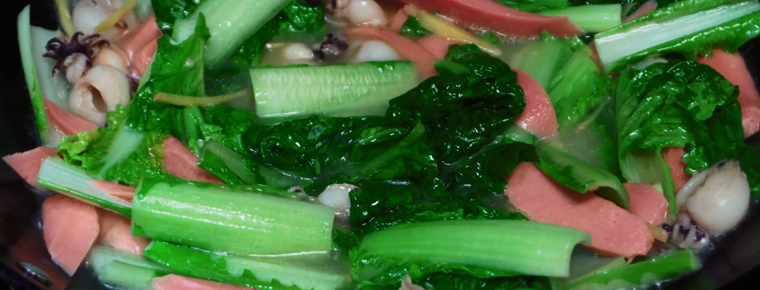Bali River Scenic Area
Bali River Scenic Spot is a national AAAAA-level tourist attraction with "Global 500 Top" environmental protection. It is located in Yingshang County, southeast of Fuyang City, Anhui Province. It faces Huaishui in the south, Yinghe in the east, Yingcheng in the north, Yingcheng in the west, Fuyang in the West and Hefei in the southeast. Its main parks, namely "World Scenery", "Splendid China", "Bibo Tourist Area" and "Bird Language Forest", cover an area of 3600 mu, and enjoy the reputation of "the first peasant Park in the world".
During the Sui and Tang Dynasties, the Liugou River was controlled by sluice repair, and then the Huaihe River was washed down by a huge flood.
At the end of Yuan Dynasty and the beginning of Ming Dynasty, there were frequent wars, floods, no one visited Liugou River, and floods washed Liugou Town and Baique Temple. A great disaster fell on both sides of Liugou River.
In the Qing Dynasty, it was renamed Bali River.
In June 1938, the Kuomintang government created a dyke-breaking incident at the Garden Estuary of the Yellow River, which resulted in the South flooding of the Yellow River. The dyke-breaking of the Ying River entered the Bali River. The flooding caused disasters. The riverbed rose, the water surface widened, the good fields flooded, the houses collapsed, and the surrounding people fled to survive.
At the beginning of liberation in 1954, the Bali River was not transformed and utilized, and there was no flood in a hundred years. Ying and Huo counties in Chengze State met Ying and Huaihe rivers. Six lakes, Bali River, Daijia Lake, Qiujia Lake, Jiangjia Lake, Chengxi Lake and Tangduo Lake, converged and became oceans.
From the winter of 1954 to the spring of 1955, the government arranged for the displaced people to move northward to save themselves. In the autumn of 1955, the diversion works of the Huaihe River and Bali River began. The dyke along the North Bank of Huaibei River broke ground and started construction, closing the passage of Bali River into Huaihe River, opening the runoff of Bali River into Yinghe River, and building sluice gates for closure. The Bali River is a tributary of Chengying River.
In 1958, the Bali River set up a fishing ground, which did not put into operation and management on the surface of the Great Lakes and produced fish fry solely. During the three-year difficult period, the people on both sides of the Straits went down the river to touch cockroaches, fishing for water chestnuts, fishing for shrimps and mowing weeds to feed their hunger. The Bali River helped the people on both sides to tide over the difficulties.
In 1972, the Yingshang County Committee and the county government concentrated the fishermen of the whole county who had been wandering outside all the year round to settle down in the Bali River and set up a fishery commune to govern the Bali River.
In 1976, four pools, Shengtian pool, Chongtianwei pool, Youhu pool and Daoxiang pool, were successively developed to rebuild Xuqiao and Maqian bridges and to communicate the traffic between Bangang, Guantun and Yingcheng.
In 1978, fish larvae were released and lake management began on the surface of Bali River.
In 1982, the Central Fisheries Company, the Provincial Fisheries Company and the County Agriculture, Animal Husbandry and Fisheries Bureau jointly invested 193,000 yuan to establish the "State-owned Yingshang County Bali River Joint Fishing Ground" to complete the excavation of 1,500 Mu intensive fish pond in Shengtianwei.
Bali River Nature Reserve is located in Yingshang County, where Yinghe River and Huaihe River meet. It faces Huaihe River in the south, Yinghe River in the east, 60 kilometers to Fuyang City in the West and 170 kilometers to Hefei in the southeast. The geographic coordinates are 116 01'- 116 38', 32 54'- 32 57'. The length of the lake is 15 km in the west, the width of the lake is 2 km in the north and South on average, and the width of the lake is 3 km at the widest point. The Lake stretches for 50 km. The total area of the scenic spot covers 15.8 square kilometers.
Geographical climate
Located in the transition zone from warm temperate zone to subtropical zone, the annual average temperature is 15.1 C, the annual sunshine hours are 2213.4 hours, the annual average frost-free period is 221 days, and the annual average rainfall is 923.8 mm. The pH value of water body ranges from 7.5 to 8.5.
Bali River wetland has an important geographical location and rich biodiversity. There are 47 species of fish, 5 species of amphibians, 5 species of reptiles, 8 species of mammals and 137 species of birds in 49 families and 16 orders. Among them, there are 14 species of Oriental White Stork, White-headed Crane and Great Bustard under the first level of national protection, and 14 species of Oriental White Stork, White-headed Crane and Great Bustard under the second level of national protection, including Rolled-feathered Parrot, White Spoonbill, Swan, Mandarin duck, White-tailed Owl, Magpie, Red Hawk, Grey Crane, White-pillowed Crane and Little Raven, and 4-tone Rhododendron, Big Azalea, Golden-waisted Swallow, Black-pillowed Owl, etc. under the first level of provincial protection. There are 19 species of common cormorants, beans and geese, red linen ducks and Needle-tailed ducks under the second-level protection in the province.
Eight Li River stupid duck egg
The Bali River is 15 miles long from east to west, with excellent water quality, pollution-free and abundant resources. It has been awarded by the United Nations as the "Global 500 Best Township" for environmental protection and the best environment in the country. Farmers living on both sides of the Bali River keep cannabis ducks, eat shells, screws, small fish and shrimps in Hanoi. The duck eggs produced are collected, selected, cleaned and salted from fresh eggs. In the process of making, deep processing, packaging and selling, all of them are popular folk practices. Egg yolk is orange-red, rich in oil, delicate and tender in protein, moderate in taste, fine, fresh and tender in six characteristics. Nutrition is rich and sincere as the delicacies at the table, and it is the best gift for relatives and friends. It has the unique flavor of pine, oil, sand and fragrance, rich nutrition and long shelf life. It is an ideal food for home and tourism. Now it is favored by foreign businessmen and sold to East China, Shanghai and other places.
Gras
Graduan is a kind of noodles, all Graduan shops are not decorated, lime wall cement floor, when a big pot in the street, the pot is equipped with a jack-made surface-pressing machine, the surface-pressing master put the dough and very hard into the jack, press the jack, noodles will float into the pot, boiling boiling water quickly cooked, fished out, put into cold water. Wash away mucus.
Donkey meat soup
Fuyang donkey meat is boiled, then soup, boiled, fried, mixed, donkey soup as white as milk, fragrant. The donkey's flesh rolled three times, and the immortal stood unsteadily. After eating donkey's sausage, the child forgot his mother.
Pillow buns
Pillow steamed bun is one of the special products of Fuyang, also known as Fuyang steamed bun. Fuyang pillow steamed bun is made of flour. The steamed coke is golden yellow, like fried, about half an inch thick. Cut a slice with a sharp knife. The steamed lobes are white, packed in layers, soft and chewy. Before steaming, there was no alkali release, fermentation powder and other substances, and it was still mildew and hard after storage for several days, and the taste was still the same.
Three fresh noodles
Three fresh noodles, noodles handicraft unique, the practice is different from ordinary handicraft, the master cut holes in the wall above the panel, put one end of the rolling pin in the hole, the other end is used to press the surface, the noodle entrance made has a texture.
Old noodle
Old warm noodles, old warm noodles Kungfu in soup, known as centuries old soup, boiled two chickens a day, add a little meat, put into the soup pot that has not been clear for years, noodles decorated with chicken shreds, a little meat.
Four flavors of Lantern Festival
Four-flavor Lantern Festival, in a pot at the same time into the sesame, sweet-scented osmanthus, peanut and meat-flavored dumplings, rich taste and not cross-flavor.
Steamed dumpling steamed stuffed buns
The cage walls of special steamed dumplings, steamed buns and steamed dumplings are made from a kind of grass in Northeast China. There are lotus root leaves underneath, steamed buns and steamed dumplings are fragrant.
Chen weiru braised pork
Chen Weigu's stewed meat, fresh meat soaked in brine, coupled with the special process of twelve flavors of Chinese herbal medicine, is very fragrant and tender. It sells only twenty kilograms a day.
White monk beef and mutton
White monk beef and mutton, the formula is very unique, beef cut as thin as paper without breaking, can cut a very small piece into a large dish, beef and mutton soup with pot steamed.
Bali River Scenic Spot has been broadcasted on Panda TV in the United States, China Central Television and the mainstream media in China by "Huaibei Pearl Bali River", "New Look of Fishing Township", "Bright Pearl Praise China", "The Scenic Spot is Unique".
In 1991, it was designated as a water resources protection area by Fuyang City.
In early 1995, Bali River received a message from the United Nations Environment Programme, awarding Bali River the title of "Global 500 Top". It commended Bali River for its sustainable development and outstanding achievements in protecting one side's water and soil.
In 2001, it was approved by the provincial government as a provincial nature reserve.
In 2002, he was awarded "National Town of Spiritual Civilization"
In 2004, Balihe Town became the first "National Agricultural Tourism Demonstration Site" in China.
On October 2, 2013, Bali River Scenic Area became the first Youth Education Base of China Environmental Protection Foundation.
On October 11, 2013, Bali River Scenic Spot was awarded the title of "National AAAAA Scenic Spot" by the National Tourism Administration. The National AAAAA Scenic Area represents the highest level in the tourist area.
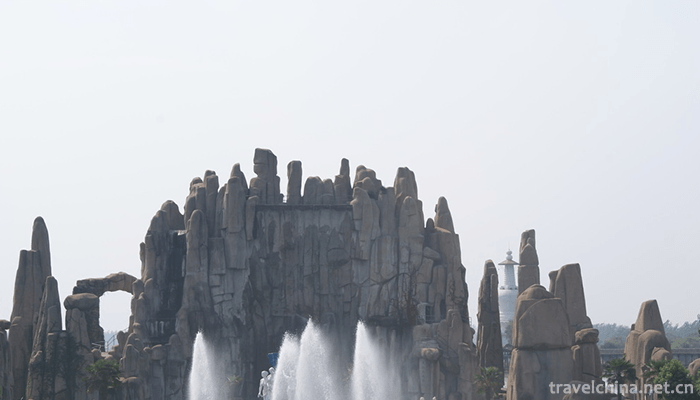
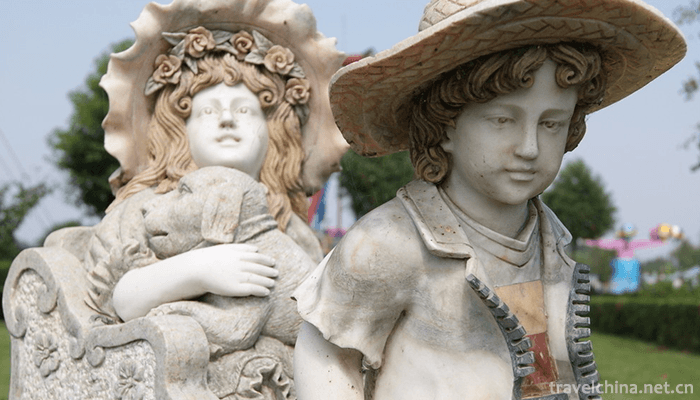
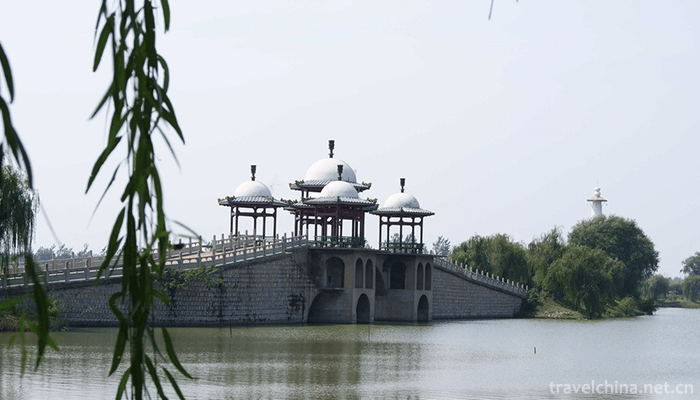
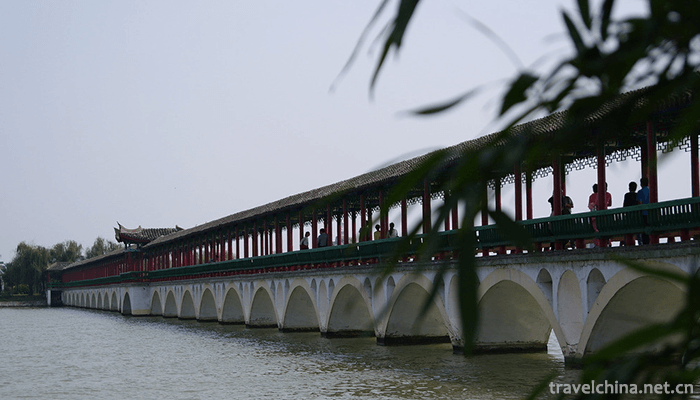
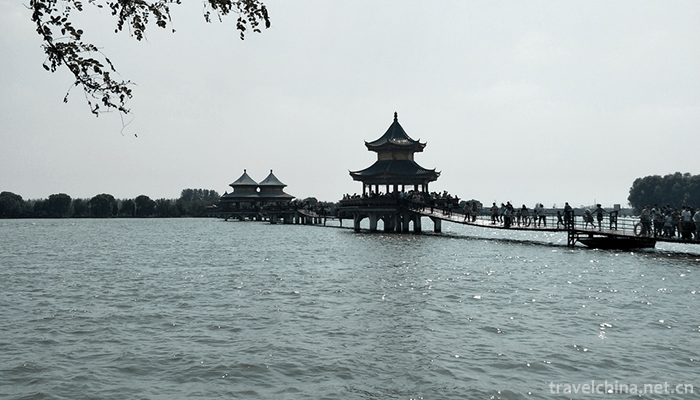
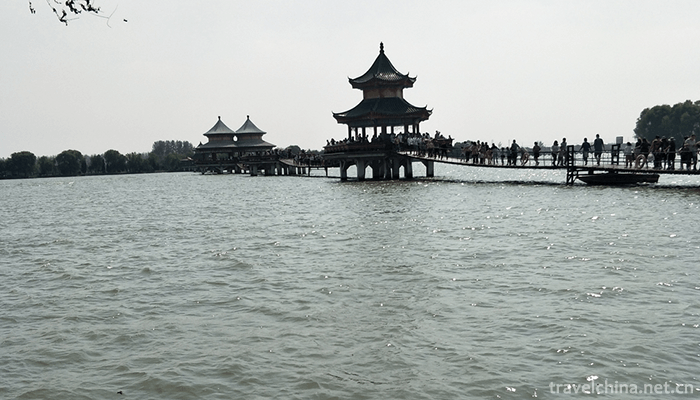

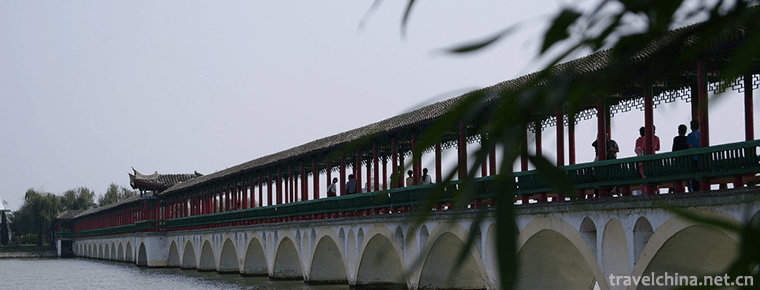
Bali River Scenic Area
-
Black bean steamed pork ribs
Steamed pork ribs with lobster sauce is a traditional dish with color, aroma and taste. It belongs to Guangdong cuisine department. Cut the chopped pork ribs and add the marinade
Views: 275 Time 2018-11-02 -
Baishuiyang Yuanyangxi Tourist Area
Baishuiyang Mandarin Creek is located in Pingnan County, Ningde City, Fujian Province. It is 170 kilometers away from Fuzhou and 101 kilometers away from Ningde
Views: 197 Time 2018-12-08 -
Kedao
Kedao, the local traditional folk literature of Shibing County, Guizhou Province, is one of the national intangible cultural heritage.
Views: 280 Time 2018-12-15 -
Nanxi Mountain Scenic Area Guilin
Guilin Nanxi Mountain Scenic Area (that is, Guilin Nanxi Mountain Park) is located in the south of Guilin City, about 1 kilometer north of the railway station. The two peaks of Nanxi Mountain confront
Views: 87 Time 2019-01-13 -
White vinegar egg
Cuisine and efficacy: Heart-regulating diet, insomnia diet, palpitation diet, brain-tonifying diet
Views: 364 Time 2019-03-24 -
Weaving Techniques of Tibetan Bangdan and Kapa
The woolen apron commonly used by Tibetan people is called "Bangdian" in Tibetan, which has the functions of decoration and cold resistance. Jiedexiu Town, Gongga County, Shannan District, T
Views: 174 Time 2019-04-05 -
March Street Dali
"Yuejie", or March Street of Dali, also known as "Guanyin City, also known as the March Meeting of Dali, today also known as the National Day of March Street, is a grand festival and st
Views: 208 Time 2019-04-23 -
Batik art
Miao batik technology, the traditional handicraft of Danzhai County, Guizhou Province, is one of the national intangible cultural heritage.
Views: 123 Time 2019-05-10 -
Traditional cooking techniques of Liao cuisine
In April 2016, "Liao cuisine traditional cooking skills" was approved by the State Council as a national intangible cultural heritage, Liao cuisine became the first major cuisine department
Views: 202 Time 2019-05-13 -
Water Encouragement
Water drum dance is a kind of popular dance spread between the De'ang and Miao nationalities. It combines water, drum and dance to worship ancestors, pray for good weather and peace in villages. Howev
Views: 148 Time 2019-06-15 -
Southwest Petroleum University
Southwest Petroleum University is a petroleum undergraduate college founded in the face of the new China's Chaoyang. It is a co-established University between the central and local governments, mainly
Views: 175 Time 2019-08-31 -
Sausages with cuttlefish
Cuttlefish, also known as cuttlefish, squid. Cuttlefish is delicious, nutritious and of high medicinal value. It is rich in protein, fat, inorganic salt, carbohydrate and many other substances. In add
Views: 278 Time 2020-04-10
